Old growth roots deep into BC’s coffers, economy and communities
By: Jean Sorensen
The BC forest industry sector reliant upon old growth sits at a cross roads; with government able to nudge it either into a downward economic spiral or towards an era of renewed investment.
The Green Party, environmental groups, plus a retracted proposal from the Vancouver Island chapter of the Union of Municipalities, have all called for a moratorium on old-growth logging. Such a moratorium, says Truck Loggers Association Executive Director David Elstone, would translate into the closure of four sawmills, at least one pulp mill and likely spell the end of the cedar shake and shingle industry. (The shake and shingle industry exports, according to Forestry Innovation Investment Ltd. (FII) figures for 2018, saw $167 million in revenues from sales into US, Japan and the European Union.) It would also severely impact communities.
But, banning old-growth harvesting is also coming at a time when BC is gaining more traction with companies using old-growth wood to reach high-end markets, producing engineered wood products and drawing in millions of new investment dollars.
The downward spiral
“It would have a devastating impact on us,” says Gabriele Wickstrom, mayor of Port McNeill, if a moratorium shut down old-growth harvesting. A total of 55 to 60 per cent of the wood logged in the northern Island area is old growth. The ripple effect of unemployment would filter through the community affecting businesses of all kinds, contractors and their support services. But, it would seep to a deeper level impacting homeowners and curbing family expenditures. It would also hit young people and professions—disenchanted with urban home prices—returning to home communities such as Port McNeill. “We would be losing those people,” she says.
The 2018 Council of Forest Industries’ (COFI) forest industry report conducted by PricewaterhouseCooper (PwC) (which uses 2016 figures) places the BC forest industry’s contribution to gross domestic product (GDP) at $12.9 billion through direct, indirect, and induced impacts. When broken down by region, the Vancouver Island/Coastal area (one of seven) directly contributes just over $2.1 billion, a hefty portion.
The ripple impact of banning old growth goes beyond her community, Wickstrom says.
Northern Vancouver Island contributed $60 million in stumpage fees to BC’s government coffers in 2018. “Last year was an exceptionally good year but most people are not aware of how much stumpage fees we contribute to Victoria,” Wickstrom says. The COFI PwC report shows the significance of the North Island within the Vancouver Island/Coastal region although a direct year-to-year comparison can’t be made as the report is based on 2016 numbers. The Vancouver Island/Coast region paid $86 million in stumpage into BC coffers, with personal income tax of forest workers and those in that sector contributing another $79 million and taxes on products and services in the region netted the BC government another $86 million.
Wickstrom makes the point that those fees flowing from the North Island are helping government pay for services enjoyed by BC residents that are beyond her regions. (The BC government website says stumpage fees are used to fund social services such as education and health care and are sometimes shared by government with First Nations communities under revenue sharing agreements.) She points to a disconnection between resource communities and larger urban centres. For example, she says, clear-cut forest areas (a renewable re-source which is then replanted) are criticized but on a trip back home to the Mainland, she visited a Coquitlam hillside where she once saw nothing but forest. It was now covered with houses. Yet, that kind of clear-cutting urban development doesn’t evoke the same negative feelings as logging.
Wickstrom says people in urban centres have different issues (such as water or housing) than northern communities such as hers. That doesn’t mean she won’t support their needs. But, she would like to see that same kind of support returning to communities such as hers as the revenues from logging sustain the government, helping these larger communities address their issues. Her greatest fear is that her voice won’t be heard on the issue of old-growth logging over that of the outcry from larger centres which generate more votes and politicians will be blind to “the devastation it would impose upon us.”
Forestry consultant Zolten Schafer, RPF, who manages a community forest and two TFLs on the Island, says loss of revenues should be a growing concern to the current government as 2019 has continued the downward cycle started in 2018 with sagging lumber prices.
US lumber tariffs, the Interior’s reduction in allowable annual cut (AAC), a stumpage fee increase and high log prices resulting in mill closures and production curtailments throughout the province will all combine to reduce revenues.
“You had better be prepared for a huge drop in revenues,” Schafer says.
The COFI PwC industry figures on stumpage for 2016 saw $745 million in stumpage fees flow into government coffers.
Figures from the Ministry of Forests, Lands, Natural Resource Operations and Rural Development have seen total for-est revenues rising to over $1 billion in the 2017/2018 fiscal year from 2015/16 figures of $865 million. However, going forward, BC’s three-year Budget & Fiscal Plan starting from the base year of 2018/19 through to the next three years ending 2021/22 is projecting a down-ward slide in total revenues as reduced AAC levels kick in. Figures show the revenues going from $1.3 billion down to $1.063 billion—a revenue loss of $336 million. (The loss comes at a time when the government—doing away with healthcare premiums in 2020—is estimating a revenue stream loss of $2.7 billion, according to budget figures.)
BC’s AAC peaked at about 90 million cubic metres in 1987. The long-term forecast is for an AAC of approximately 58 million cubic metres by 2025, with a return to more historically normal levels by some time close to 2075, according to PwC.
Reduced AAC is seeing major producers of dimensional lumber look out-side Canada for extra fibre. West Fraser Timber Co. Ltd., Canfor Corp., Conifex Timber Inc., Interfor Corp., the Teal-Jones Group, Tolko Industries Ltd. and Western Forest Products Inc. all acquired businesses or mill assets in the United States. Canfor and Mercer International Inc. acquired assets in new international markets, such as Sweden. Schafer also says that new coastal policies relating to greater waste wood utilization to feed the industry’s pulp sector are causing concern amongst loggers, where high recovery costs can outweigh the log selling price. “No logger is going to take out a $55 log if it costs him $100,” he says.
Contractors from stump to dump will feel the impact of removing old growth.
“Without old growth to harvest, my payroll would drop from 95 to 40 people and the revenues from $30 million to $12 million,” says Dorian Uzzell, whose family has logged Vancouver Island for three generations.
Old-growth forests comprise 55 per cent of the timber on Vancouver Island. “If you want to know the effect of banning old-growth logging, just picture the industry half its size,” he says.
The pressure is not coming from rural communities, he says. “We operate in a small bubble here,” he says from his home in Campbell River. “The community or a large percentage supports the forest industry and know it is what contributes to the community and the province.”
Uzzell says forest practices surround-ing old-growth logging are based in sustainable forestry and loggers take care to ensure that harvesting plans protecting streams and watersheds and other values are followed. But, contrac-tors with employees and investment in machinery should also have the security of knowing the remaining old growth, not in reserve, can be logged. “The Van-couver Island Land Use Plan was an agreement of sorts on how the forests should be managed, including reserves for old-growth timber,” he says, this was done so harvesting companies can be assured of a future.
The new road to old growth
In Port Alberni, an Island community once the centre of forest industry manufacturing, the San Group is investing more than $70 million into a small log mill and building a new remanufacturing centre for engineered wood products.
The venture will utilize both old growth and smaller diameter cedar logs (or old-growth cedar log tops) and turn them into veneer laminated products for sale to an international market wanting the beauty of Western Red Cedar. San Group’s corporate Vice President of Business Development Bob Bortolin said the new saw mill and remanufacturing facility will be the first new mill development on the island in 15 years. “We want to bring the community back to what it was,” he says.
“I think we have to look at old growth as part of a bigger picture,” says Bortolin. “I can’t see us eliminating the fine grain (found in old cedar) and still doing what has to be done in bush—which is why we are installing the small log line.” The value of the larger diameter old-growth material offsets the cost of harvesting and utilizing the smaller stem diameters that were normally hauled into burn piles.”
We are completely away from construction grade material and some products such as decking and fencing,” Bortolin says. The San Group’s market is architects and designers looking for the aesthetic fine grain appearance of old growth and by using composite methods can create engineered wood products delivered at a reasonable price. The San Group acquired the Coulson large log mill and the new small log line will be an addition. The two lines will work together with logs presorted prior to the in-feed. The two break-down lines will provide both the core (lower valued) material obtained from smaller diameter wood and tops, plus a new finger-jointing line optimize shorter pieces while the veneer will be obtained from the large log side. The old-growth wood is being sliced to provide veneer, says Bortolin, adding the assembly of the veneer over the cores will occur at the reman plant being built next to the Catalyst Paper plant.
“We are making an engineered wood product with a face of veneer (one-eighth inch thick) and adhering it to a backer of cedar lumber, finger-jointed material or laminated product,” he says.
Surrey-based PowerWood Corp., a re-manufacturing facility, derives approximately one-third to one-half of its fibre from old-growth wood. “We mostly deal in red and yellow cedar and it is mostly used in siding packages, high-end construction and other high-end products that go into things such as pergolas,” says Jake Power, a second-generation president of the company which ships 55 per cent of its product to the US with the rest going to Europe and Asia.
“A moratorium would shrink our employment base one-third to one-half,” says Power, adding that while commodity lumber and decking products are marked by high-production and low manpower, remanufacturing of old growth or prime cuts of wood into high-end products require more man hours and more employees.
“We would be doing less,” he says of sales. It is not a case of substituting second growth for old growth if supply is crimped. Second growth—with more knots—is not the high-end, aesthetically pleasing products that architects and custom-builders are wanting for high-end construction. “What you would get is more substitute products such as steel products, plastics and building products such as aluminium siding that is made to look like red cedar,” he says, adding these products are not as environmentally friendly as using wood. The issue that Power sees is maintaining a balance on the working forest land which is like farm land. There should be provisions for ensuring that second-growth stands age so they can provide old-growth qualities for products that remanufacturers such as PowerWood have created in world markets.
Interior producer Gorman Bros. Lumber, and its subsidiary companies, are another group of companies moving deeper into high-end products in a bid to add value at a time when the fibre basket is shrinking.
“Everything is appearance grade,” says Kerry Rouck, Gorman’s manager of corporate forestry and woodlands.
Removing old growth from the company mix would impact Revelstoke-based Downie Timber the most, Rouck says. The mill produces cedar, hemlock, spruce and Douglas fir products, which contribute to Gorman Bros.’ worldwide reputation for producing one-inch, appearance grade boards with the smooth, splinter-less Gorman edge.
The Revelstoke mill, employing 300, is also a major contributor to the economy in the woods and in the mill. Downie Timber’s woodlands group harvests 180,000 cubic metres of logs (about one-third of the mill’s needs) with the remainder purchased from contractors or other operators. Rouck estimates approximately 30,000 cubic metres of what Downie Woodlands Group cuts is old growth.
The spruce is processed into Gorman’s hallmark one-inch boards and sold worldwide in three to 12-inch widths. Douglas fir and hemlock are processed into planed square beams sold into the Japanese and Chinese markets. The Western Red Cedar is used for a variety of panelling, bevel and tongue and groove products, channel siding, and a range of rough and surface industrial clears. Cedar products are sold in Central Canada, into the US, England and Australia.
“We are focusing on the high-end to optimize value,” he says.
The BC government is in a conundrum with the old-growth issue because while they want to increase domestic manufacturing and value-add processing (versus traditional volume-oriented manufacturing), they have also embarked on an Old Growth Strategic Review. Industry and some communities fear the Review could result in the reduction in the availability of old-growth fibre which is typically used to achieve the aforementioned manufacturing objectives that the government desires.
At the same time, government is facing environmentalists who are adding pres-sure for this government to make changes to the amount of old-growth harvesting, without acknowledging how much is already conserved. The BC industry and provincial economy is obviously still very much reliant on harvesting this type of timber, as are government objectives. Therefore, it will be interesting to see how government reacts to feedback from the Review.
Article written January 2020


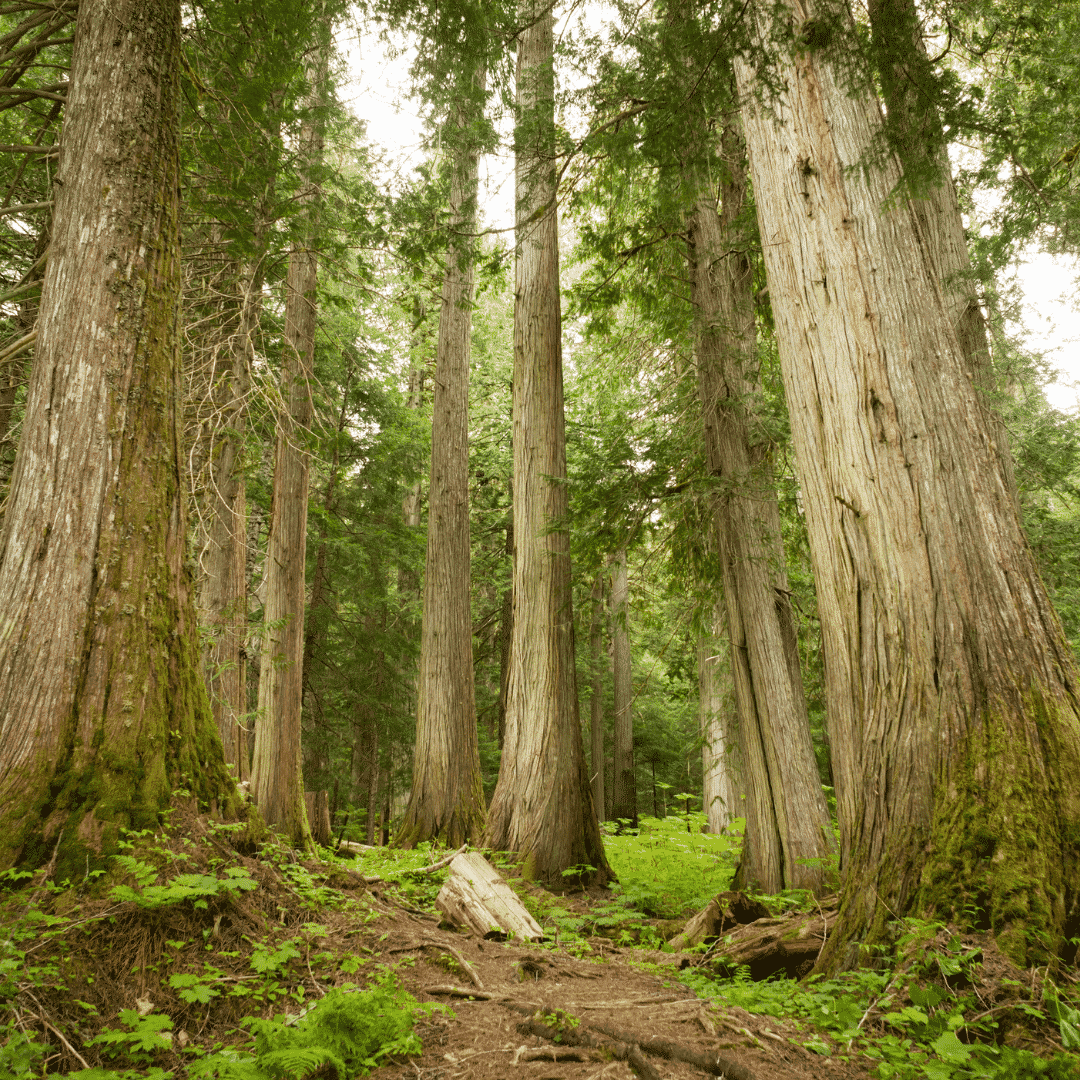
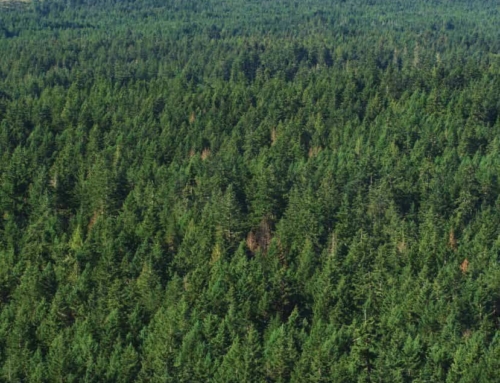
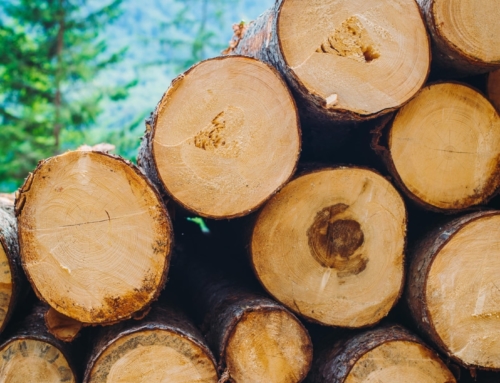
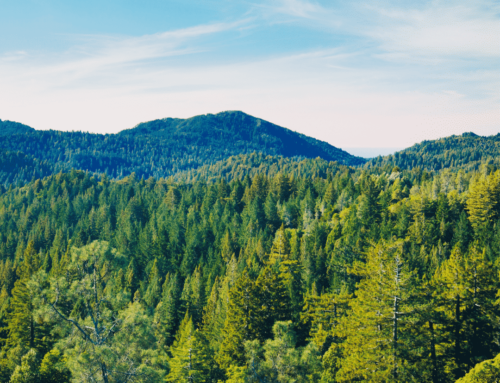
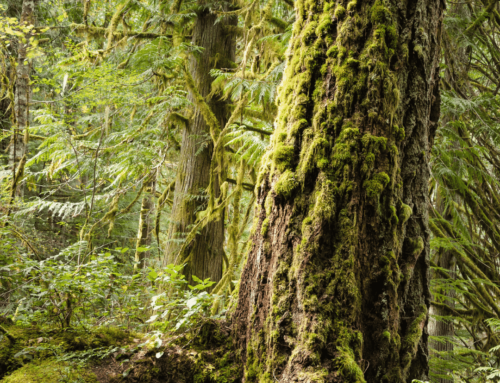




Get Social